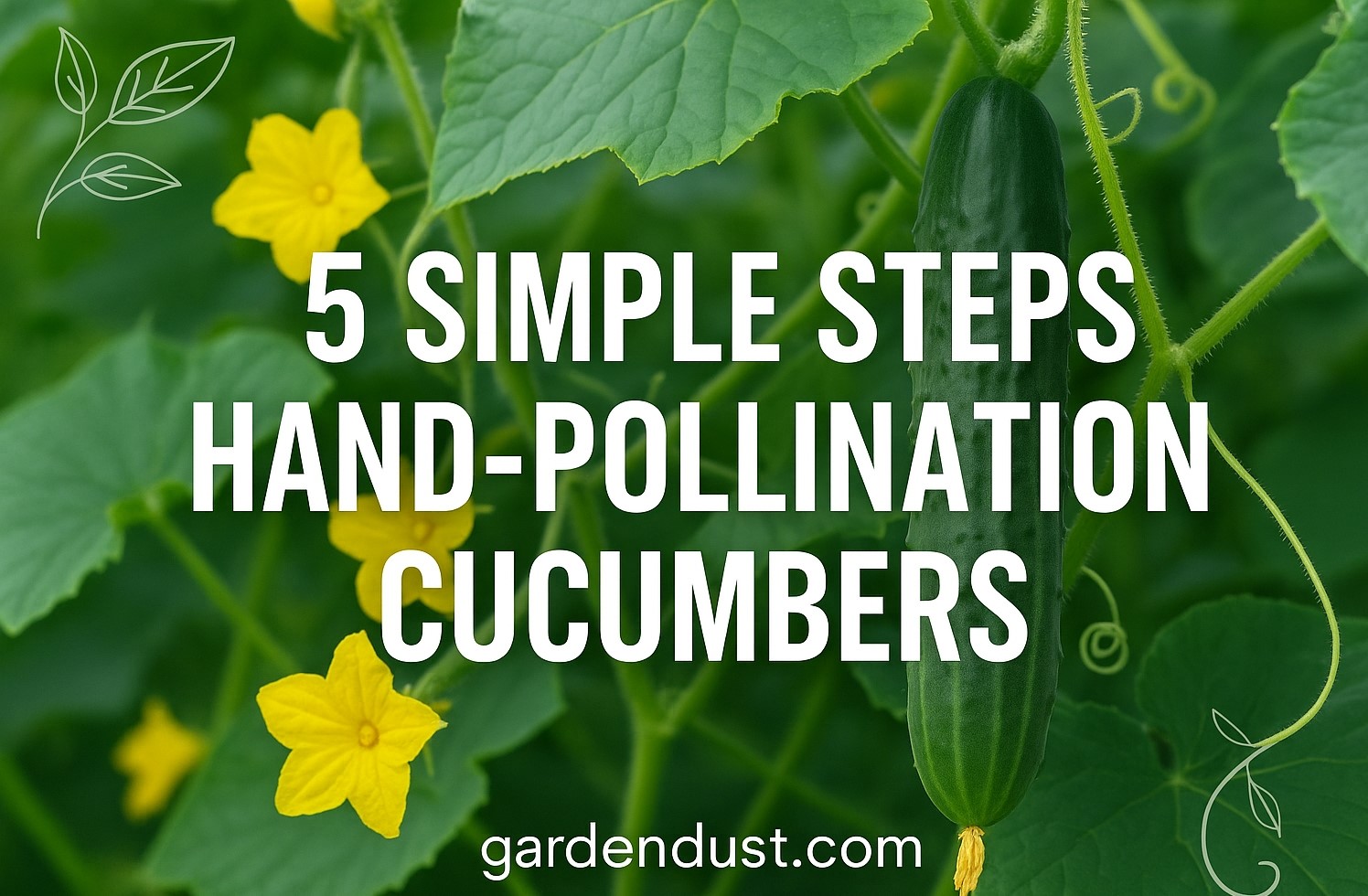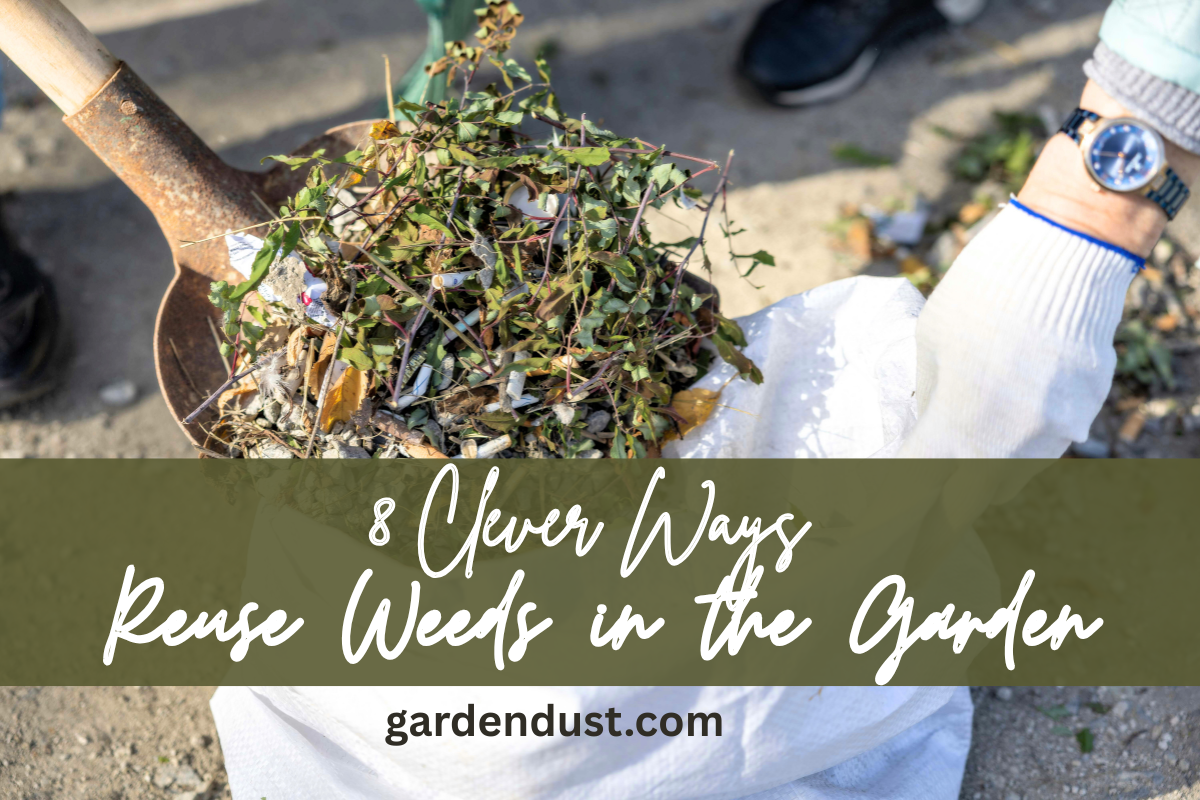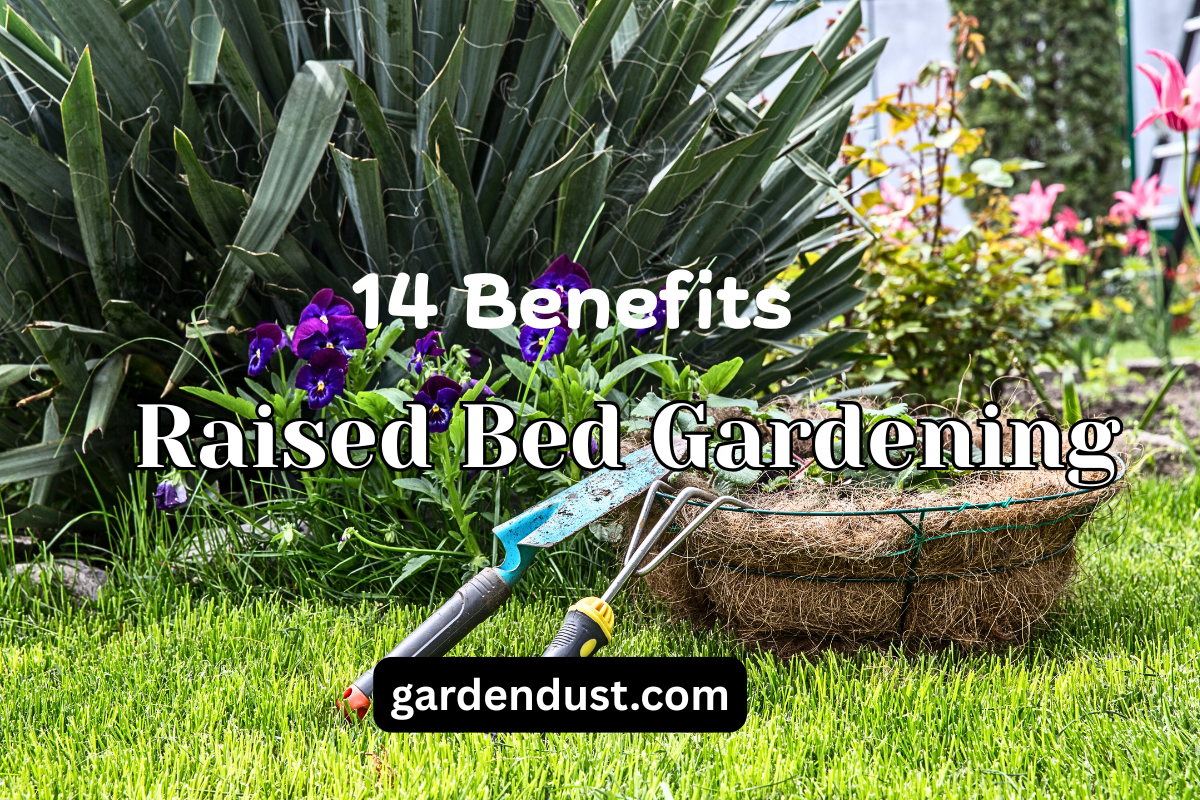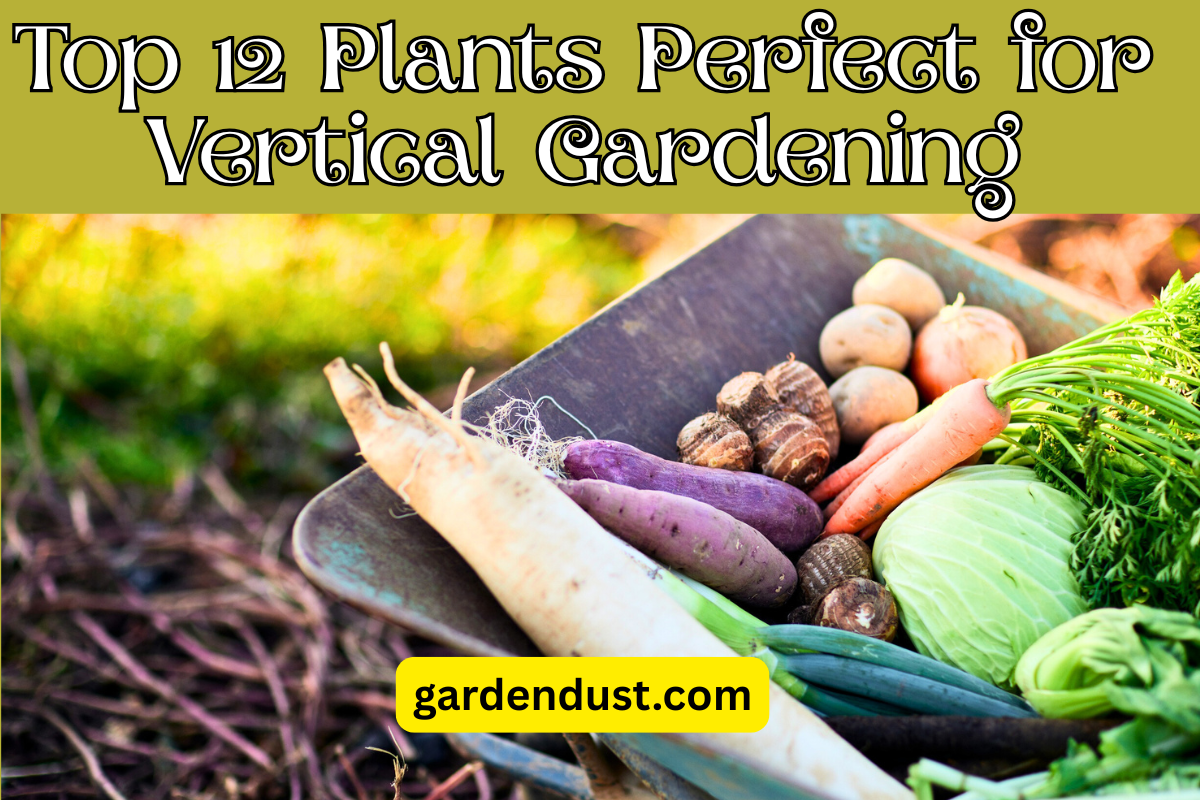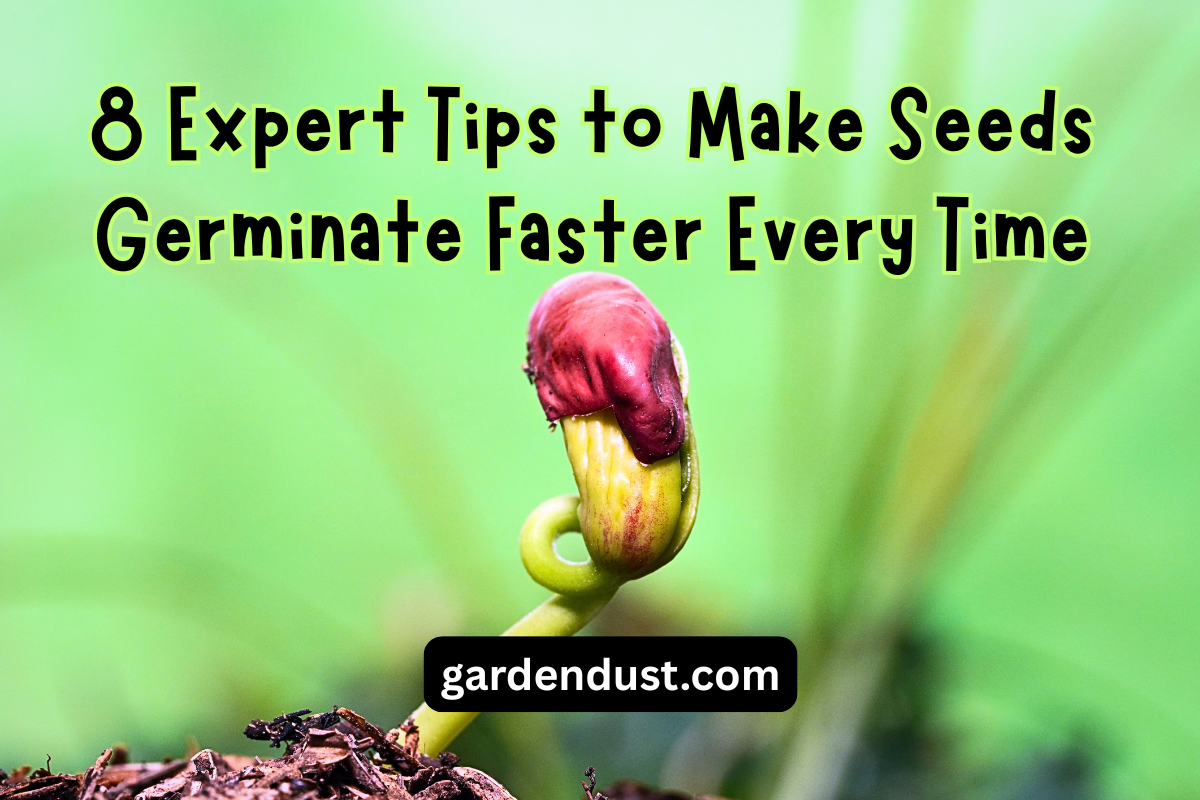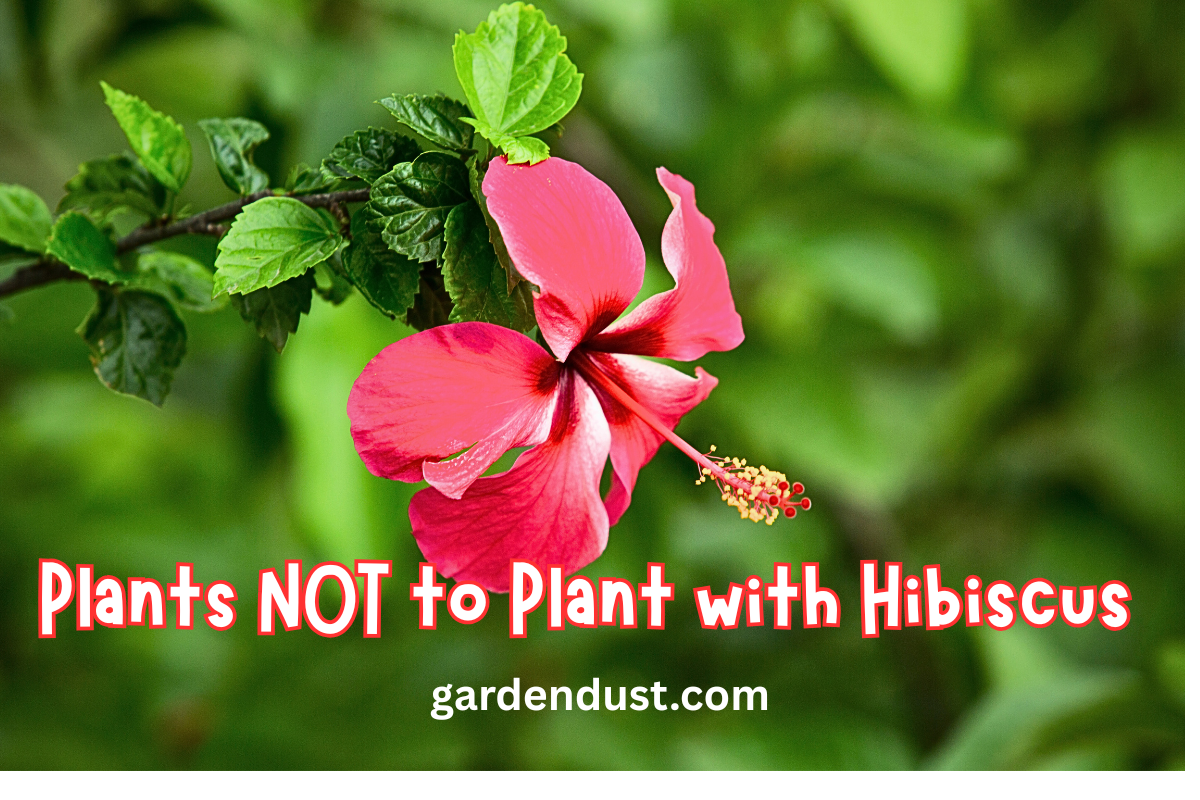Cucumbers are a beloved staple in vegetable gardens, offering fresh crunch and flavor for salads, pickling, and more. But many gardeners face a frustrating issue: vines full of flowers but few cucumbers. In most cases, poor pollination is to blame. While bees and other pollinators usually handle this job, they may not always be present—especially in urban gardens, greenhouses, or during rainy or windy conditions. Fortunately, you can take control by hand-pollinating your cucumber plants. It’s a quick, simple process that significantly improves fruit set and overall yield.
Here’s an in-depth guide on hand-pollinating cucumbers in five easy steps:
Why Hand-Pollination Matters
Cucumbers are monoecious plants, meaning they produce separate male and female flowers on the same plant. For fruit to form, pollen from a male flower must reach the female flower’s stigma. In nature, bees and insects are the primary pollinators. However, if pollinators are scarce or environmental conditions are less favorable, the female flowers may go unpollinated—leading to fruit abortion or misshapen cucumbers.
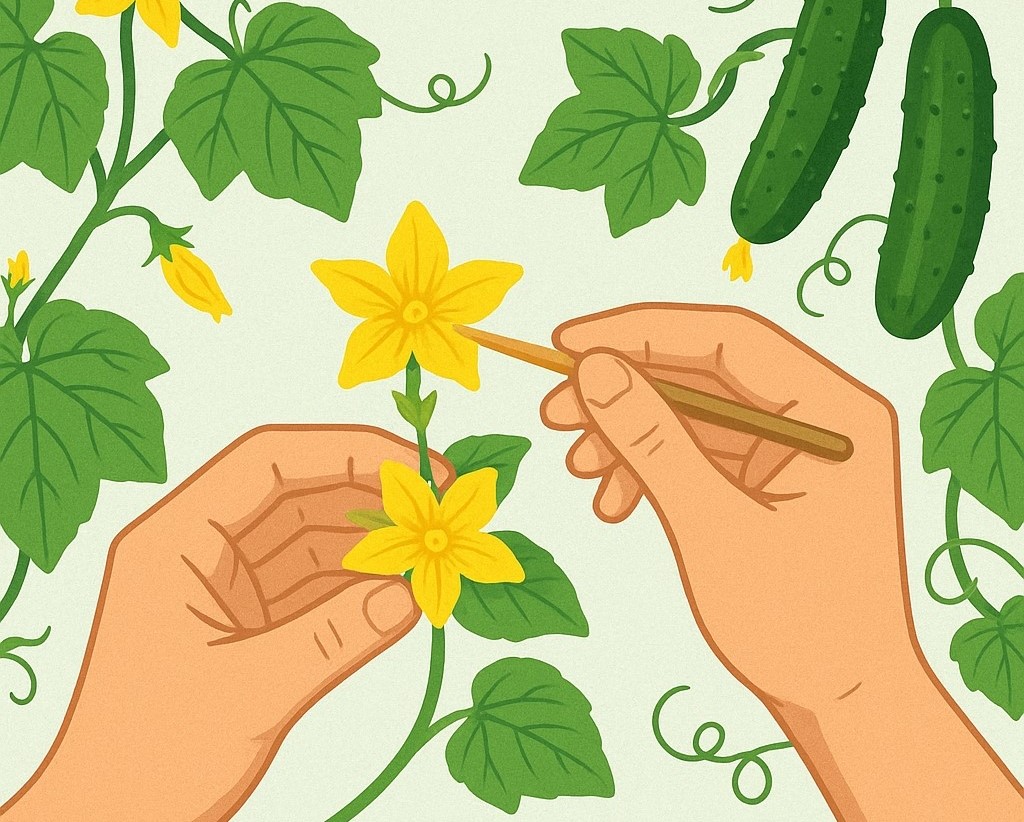
Hand-pollination ensures:
- A more reliable fruit set
- Higher yield
- Better shaped and sized cucumbers
- Greater control over timing of pollination
Step 1: Identify Male and Female Flowers
The key to successful hand-pollination starts with knowing how to distinguish between male and female flowers.
🔹 Male Flowers:
- Appear first on the plant, often in clusters.
- Grow on thin, straight stems.
- Contain a central structure called the stamen, which produces yellow pollen.
- Have no fruit behind the flower.
🔹 Female Flowers:
- Appear a week or two after male flowers.
- Have a swollen base behind the flower that looks like a tiny cucumber.
- Contain a central structure called the stigma, which is divided into lobes and ready to receive pollen.
🌼 Tip: Use a magnifying glass if needed to inspect flower anatomy closely.
Step 2: Gather Your Pollination Tool
You don’t need fancy equipment—just something small and soft to transfer the pollen.
Common tools include:
- A small paintbrush (artist’s brush size)
- A cotton swab (Q-tip)
- Your fingertip (if you’re careful)
- Or the male flower itself (plucked and peeled open)
- Make sure your tool is clean and dry to avoid spreading plant diseases or damaging the flower parts.
🕓 Best Time to Pollinate: Early morning, between 6 AM and 9 AM, when flowers are fully open and most receptive.
Step 3: Collect Pollen from the Male Flower
Now it’s time to get the pollen.
- Locate an open male flower.
- Gently brush the stamen (the upright central part) with your tool.
- You should see yellow pollen grains sticking to your brush or cotton swab.
Alternatively, you can:
- Pluck the male flower entirely.
- Peel away its petals carefully to expose the pollen-rich stamen.
- Use the stamen directly to transfer pollen to the female flower.
📌 Make sure the pollen is dry and powdery. If it appears clumpy or moist, the flower may be past its prime.
Step 4: Transfer the Pollen to the Female Flower
- This is the key step—bringing pollen to the female flower.
- Find an open female flower with a visible ovary (baby cucumber) behind it.
- Using your tool or male flower, gently touch the lobes of the stigma in the center of the female flower.
- Make sure to cover all lobes with pollen to ensure fertilization of all ovules. Incomplete pollination can result in deformed or curled cucumbers.
✅ Pro Tip: One male flower usually produces enough pollen to fertilize 2–3 female flowers.
Step 5: Monitor for Fruit Development
After pollination, the waiting begins. Signs of successful pollination: –
- The tiny cucumber (ovary) behind the female flower starts to grow longer and thicker within 2–3 days.
- The flower will eventually wilt and drop off, leaving the growing fruit behind.
Signs of failed pollination:
The ovary remains small, turns yellow, and eventually shrivels and drops from the plant.
📆 Continue checking daily during the flowering period. Hand-pollinate new female flowers as they appear for a continuous harvest.
Additional Tips for Success
✔️ Encourage Natural Pollinators
Even with hand-pollination, attracting bees and butterflies improves overall plant health and productivity. Try planting companion flowers like:
Read Detail –
✔️ Choose the Right Varieties
Some cucumber varieties, such as parthenocarpic types, produce fruit without pollination. These are ideal for greenhouse or indoor growing. However, most standard garden cucumbers do require pollination.
✔️ Optimize Growing Conditions
For the best flower production and pollination success:
- Provide full sun (6–8 hours daily).
- Keep soil moist but well-drained.
- Use a balanced fertilizer (too much nitrogen promotes leaves, not flowers).
- Support vines with a trellis for better air flow and flower visibility.
Common Mistakes to Avoid
- Pollinating too late in the day: Flowers close by late morning. Try to finish pollinating by 10 AM.
- Using old or wilted flowers: Only fresh, open flowers are viable for pollination.
- Damaging flower parts: Be gentle to avoid tearing the stigma or stamen.
- Overwatering during flowering: Can lead to flower drop, reducing opportunities for pollination.
Conclusion
Hand-pollinating cucumbers is an easy, rewarding gardening technique that gives you more control over your harvest. Whether you’re dealing with a lack of bees, poor weather, or simply want better yields, these five simple steps will set you on the path to crunchy, healthy cucumbers all season long.
So next time your cucumber vines start flowering, grab your brush or swab and become the bee your garden needs. Happy Gardening…

